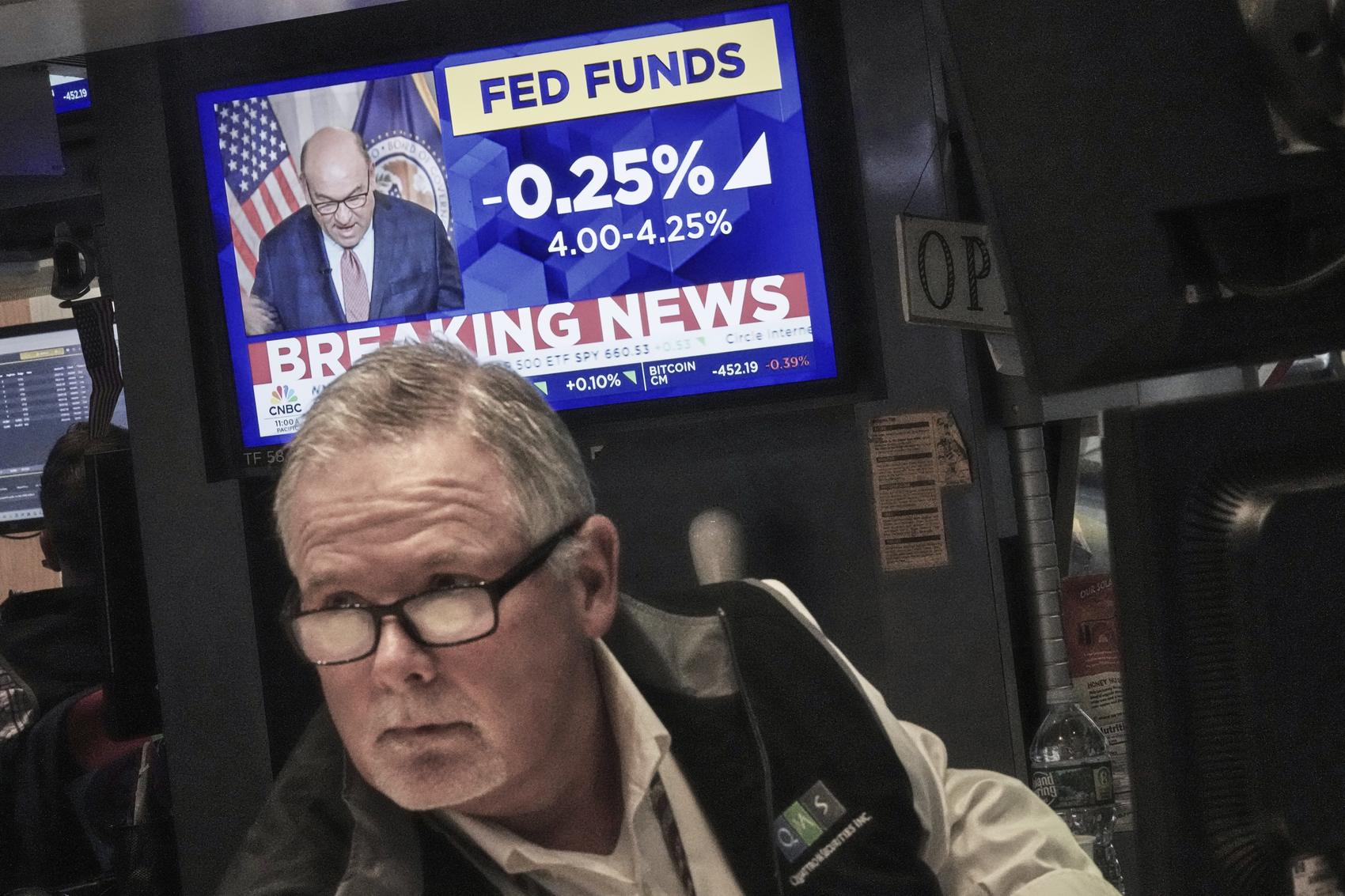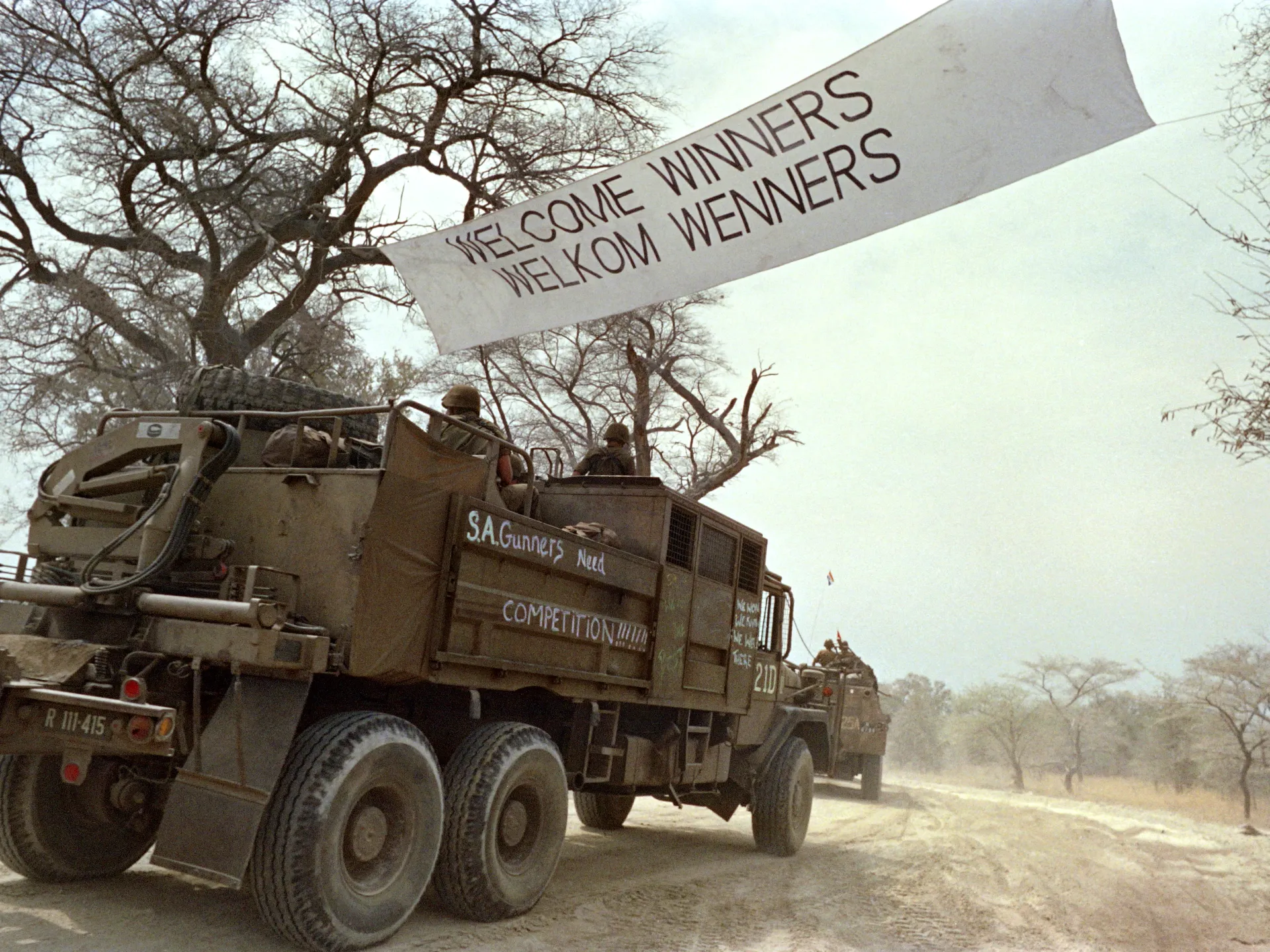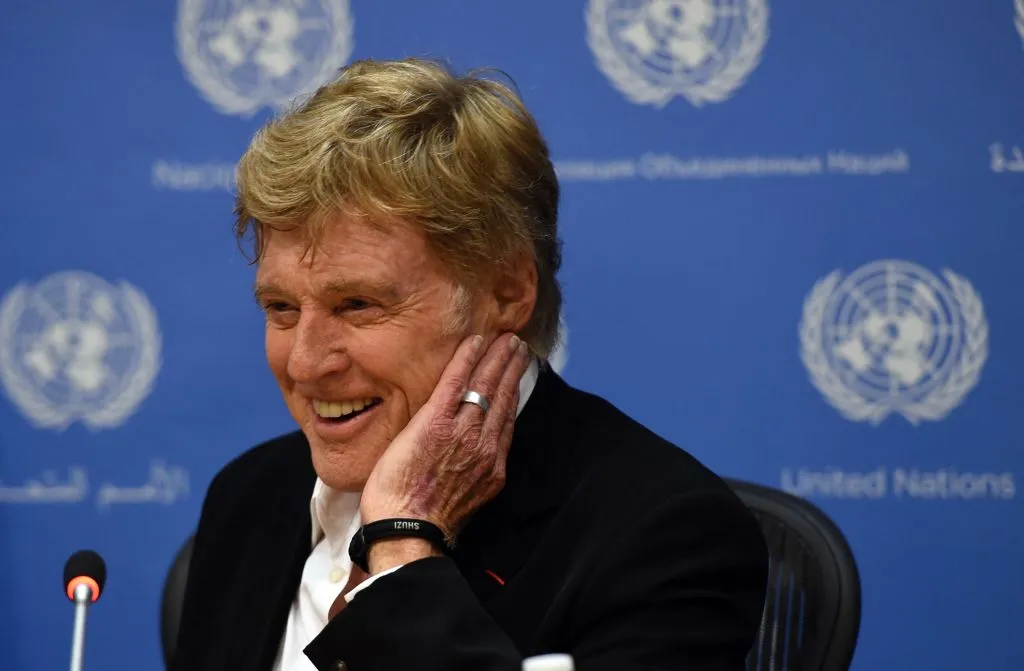By Contributor,Heather V. MacArthur
Copyright forbes

The landscape of Diversity, Equity and Inclusion (DEI) is undeniably shifting. What was once a rapidly accelerating movement now faces significant headwinds, with both external and internal pressures threatening to stall progress. However, a recent study by Catalyst and NYU Law’s Meltzer Center found that over 80% of C-suite leaders say companies should maintain or expand DEI efforts in the largest and most comprehensive workplace inclusion survey since recent executive orders.
Business people office workers team jump over rock concept. Vector flat graphic design
With all of this in mind, what if we viewed the challenges in this area as a launchpad vs. a roadblock?
Dr. Nikki Lanier, founder of Harper Slade, highlights this perspective, proposing that the very pressures aimed at dismantling DEI efforts can, conversely, serve as a powerful launch pad for a new era of equity-centric leadership. This leadership, as Lanier emphasizes, is deeply rooted in values and focused on the long-term well-being of both individuals and the organization.
The Future-Focused Organization: Preparing for What’s Already Here
The future is no longer on the horizon. It is here. Not only through the exponential advances of technology and AI, but also through the profound demographic and psychographic shifts redefining the workforce. To thrive, organizations cannot simply react. Leaders must intentionally nurture the kind of work environments capable of activating the opportunities and benefits from this multi-faceted workforce. To navigate this uncharted terrain, leaders can benefit from having a blueprint for carving out the best approach for their organization.
Lanier’s, “2045 Organizational Readiness Framework™,” provides a tangible approach that enables leaders to focus on five core domains to anchor their decisions and planning around, as well as assess and measure impact against. These domains are:
Future Focused Leadership Competency Adoption
Structural Equity & Organizational Design
Strategic Alignment & Foresight
Resilience & Change Literacy
Human-Centric Leadership
Questions Lanier proposes leaders ask themselves about their organization’s readiness and capabilities are:
Are our leaders built for the world they are being asked to lead?
Are our systems, policies and roles designed for who’s coming next, not just for who’s been here longest?
Is every touchpoint, from hiring to exiting, engineered to tap into the highest level of contribution from each employee by enabling psychological and identity safety, mobility and belonging?
Are your people being prepared and rewarded to change the business and potentially the world through their work? Or are they being conditioned to just do their jobs and limit their contribution beyond that?
The “Pressure as a Launchpad” Mindset: Reclaiming Agency in a World of Fear
MORE FOR YOU
In a world saturated with ‘fear messaging’ and social-media outrage, it’s easy to succumb to apathy or reactivity. Navigating these turbulent waters requires a strategic reframing of the narrative, where challenges are seen not as insurmountable obstacles, but as springboards for growth and innovation.
“The key is to reframe the narrative,” Lanier explains. “Instead of viewing external challenges as insurmountable obstacles, forward-thinking leaders can harness them as a source of energy and clarity.” This proactive stance allows leaders to maintain agency and control over their organization’s culture-building journey, rather than being swept away by external forces.
This requires a fundamental shift in mindset, to include:
Embracing Proactivity: Chart Your Own Course, Driven by Values: Resist the pull of constantly reacting to external demands. Instead, set a clear vision of the culture that fits the future of the business. You’ll need to guide the direction of the business through a clear sense of purpose and a crystalized vision of the kind of company you want to create. Understand that the work is what will be relevant. This means taking the time to define your organization’s core values, mission and vision for a truly equitable and inclusive future. Then, align all DEI efforts with these foundational elements.
Defining Your “Highway”: Resist the Allure of Enticing Off-Ramps: In Lanier’s powerful analogy, organizations must resist the allure of enticing but ultimately distracting ‘off-ramps.’ In any journey, there’s going to be different steps along the way, as long as you have a clear destination, you can ensure the business stays on track.
Building “Muscles” of Resilience: Fortify Against Future Challenges: Change is inherently pressured, and building ‘organizational muscles’ in times of adversity helps make teams more resilient and ultimately antifragile. Be open to being pushed and even enhance the organization’s capacity and capability to push back.
Championing a Clear Mission: Communicate and Clarify for All: Communicate what is and isn’t tolerated and where you will apply effort to make the work environment better. This is done through communication of leadership goals. However, it’s also important to set the expectations of what those goals would mean if realized.
While occasional detours (like necessary policy adjustments) may be required, the focus should remain on the core mission and values – the ‘highway’ – that leads to long-term success. This focus can ensure that only the most relevant challenges and opportunities are prioritized vs. getting pulled in multiple directions with every fire or speed bump. with AI and in the community.
As a leader, putting your focus building a truly innovative organization can enable you to pull up and look at the equity landscape from a bigger picture lens. Then the focus automatically becomes about engaging a diverse slate of talent that can evolve thinking and generate unconventional solutions.
Use the present pressures to create the organizational environment you want to live in. Focus on building for the long-term by anticipating challenges and fortifying business vulnerabilities. It’s important to note, that those with a history of struggle are often going to be the experts in the topic, not necessarily the people you traditionally view as subject matter experts.
This is something you really need to put effort into to avoid the toxic infighting, rifts and distrust among teams that can fester when navigating changes and complex interpersonal dynamics. Clarify how equity-centric design enables the organization to collectively go the distance regardless of environment, economical and legislative shifts and obstacles.
Reimagining Infrastructure for an Equity-Centric Future: From Silos to a Thriving Ecosystem
Our organizational structures are critically flawed. Simply put, they’re outdated. The infrastructure that we’re still building off of for most companies was set up around an industrial age. It is designed for operational process. As AI continues to evolve and enable the automation of many of our operational systems and needs, it opens a landscape for humans to fully engage their creativity and innovation capabilities. A lack of these foundations causes a lot of “what if” problems.
“Now is really the time to question the status quo,” Lanier urges. “This involves breaking down the outdated silos and hierarchies that stifle collaboration and innovation.”
To build workplace cultures equipped for the future, leaders have to envision what that future can be. “It’s not rearranging workflows to accommodate efficiency changes from AI. It’s overhauling the purpose of work for the human workforce and enabling their unique capabilities and contributions with technology by their side,” clarifies Lanier.
Actionable Strategies: Paving the Way Forward
To truly move forward, Lanier advises that leaders will need to:
Value People Over Systems:
Don’t blindly adhere to antiquated processes and systems. Instead, focus on fostering a culture of inclusivity, empathy and genuine connection. It’s important that you are creating a connection with what the next generation wants to see. Instead of relying on the old way of doing things, see what the new has to offer and how to improve. If they think your way is better, they may still have a better way that connects the dots.
But valuing ‘people’ requires more than a broad platitude. Leaders often say, “People are our greatest asset,” but rarely pause to ask which people? Who are they envisioning when they say that? How those people look—their age, race, gender or cultural background—matters immensely in shaping how they experience work and how they experience their leader. As demographic changes redefine the workforce, leaders must reorient themselves to interrogate their own mindsets, assumptions and lived experiences in order to lead and steward a workforce that looks, thinks and believes differently than the one they may have been trained to manage. Lanier reminds us that, “Process doesn’t inspire people, vision does.”
Question Our Attitudes towards the “Who,” Not Just the “What”:
As Dr. Lanier points out, “The ‘who’ of us is being called into question more than the ‘what’ we do.” For generations, organizational health has been measured almost exclusively by output and production, with hiring, development and promotions tied primarily to what leaders do. Who those leaders are—their values, worldview, experiences and perspectives regarding people different from them—was treated as secondary or additive at best.
As the workplace and world becomes increasingly diverse, those once ‘nice to have’ qualities are central to success. They directly influence whether employees feel seen, heard and valued or whether they end up feeling diminished by harmful assumptions and messages. How the employee base ends up feeling drives their engagement, discretionary effort and ultimately the very productivity and innovation organizations prize.
Outcomes like efficiency and growth remain important, but the path to achieving them has shifted because who is producing them has changed. This foreign and, for many leaders, unfamiliar prioritization of ‘being’ over ‘doing’ requires a profound reorientation. Organizations have a powerful opportunity to prepare leaders to meet this moment with the awareness and agility it demands.
Break Free from ‘Terminator’ Thinking:
Embrace technology as an enabler, not a replacement. Lanier invites us to consider that, “The fear that AI will replace jobs and exacerbate inequality is a valid concern, but it shouldn’t paralyze us. Instead, let’s envision a future where technology empowers individuals, promotes equity and fosters a more human-centered world of work.”
The Path Forward: Leading with an Open Heart and a Relentless Commitment to Change
Transforming the future and having the power to impact requires an awareness and acceptance that there will be resistance and fear to work through. One has to have the commitment to the new system, if not its destined for an end. That commitment starts at the top but needs to permeate throughout the organization.
The challenges facing leaders who are championing equitable workplaces and ethical businesses today are real, but they also present an unprecedented opportunity. By embracing a proactive, values-driven approach, leaders can transform these pressures into a launchpad for a new era of human-centric leadership.
As Dr. Lanier so powerfully states, “I have to keep that train going, no matter who’s asking me to stop.” That means that now is the time for courage, conviction and a relentless commitment to creating workplaces where everyone can thrive, not as a moral imperative, but an economic one. The future of work will require “difference fluency”.
Editorial StandardsReprints & Permissions



